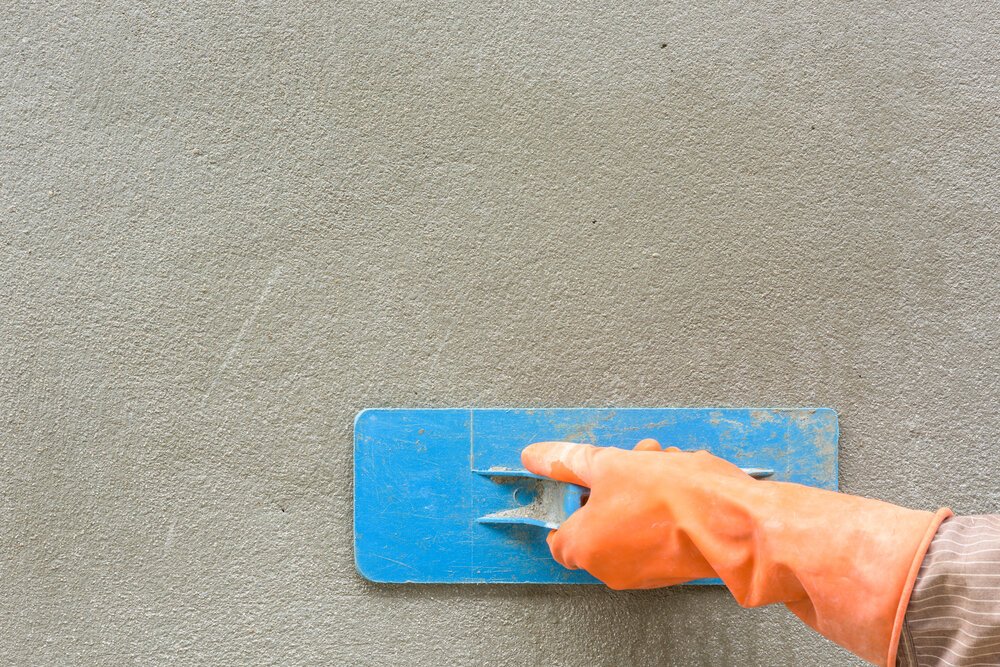Ways to Prepare Your Concrete for Winter
It's impossible to predict what's going to happen this season, as the weather was in recent years. It is a good thing to ensure that what Mother Nature will bring your concrete is ready. Temperatures will change dramatically in a short time if the seasons change. This fluctuation in temperature can harm your entrance, sidewalk or other concrete areas. Water entering cracks will then freeze and intensify and enlarge the cracks. The harm cannot be detected until spring, but it can happen during the winter.
Reparation or substitution of a concrete surface can be upsetting and costly. Here are some tips on how to maintain foundation repairs by expert residential structural engineers.
Be Protective About Your Concrete
There are occasions when to prepare the concrete before the temperature falls, and there might even be more time, it was a dry spell. Having freezing time alone will not damage your concrete, but you can have a problem when temperatures are mixed with rain or snow.
Look for any cracks in your driveway. Let us help you, if you notice holes, fix your surface before the cold weather starts. You can have a badly damaged dome in springtime if you do nothing about the cracks or gaps. In Oklahoma and Arkansas, we will help keep your concrete plate solid and secure.
Keep the Salt Way
You might be rational about stroking some salt down if you have an easy path or driveway. Before you do that, let us interrupt you. You could save an extra dollar or two in a salt pocket, but that savings can be expensive with concrete repair in the future. Ice melt dependent on calcium or even a kitty litter is advisable. Litter Kitty gives you a pull, but the ice doesn't melt. The litter, however, typically is made of clay and gradually dissolves, so that your concrete does not suffer.
Make Sure the Concrete Is Clear
Make sure you leave leaves, bunks and other waste or garbage clear before winter weather hits your driveway, patio and other concrete surfaces. If the freeze on detritus lands, more damage to the cement surface may be caused. Before bad weather occurs, vacuum or powerwash your driveway.
Using Correct Methods
Even if there is little snow in this part of the world you might have to shovel to clear your entrance or sidewalk. Ensure your shovel is fine (or even a snowthrower). A decent snowblower is better with the concrete than other types of snow removal, but we don't really have enough snow to invest in. Check if it is chipped or bent, if you have to shovel. Should the shovel be stuck in a crack or gap, the concrete may impact and damage the shovel.
The Water Flow Should be Intact
The drainage around your property is one of the most essential things to remember in any season and not just in the winter. When there is no rain or melting snow, they will puddle and fall through cracks and freeze. Make sure that you have drained down and rinses that are free from debris properly. The water cannot drain properly if the slab is sunken or rough. Check that your sheet is correctly lifted.
Contact Ram Jack by American Leveling to get an expert residential structural engineer in OKC. We have a team of professionals who can protect your concrete.


